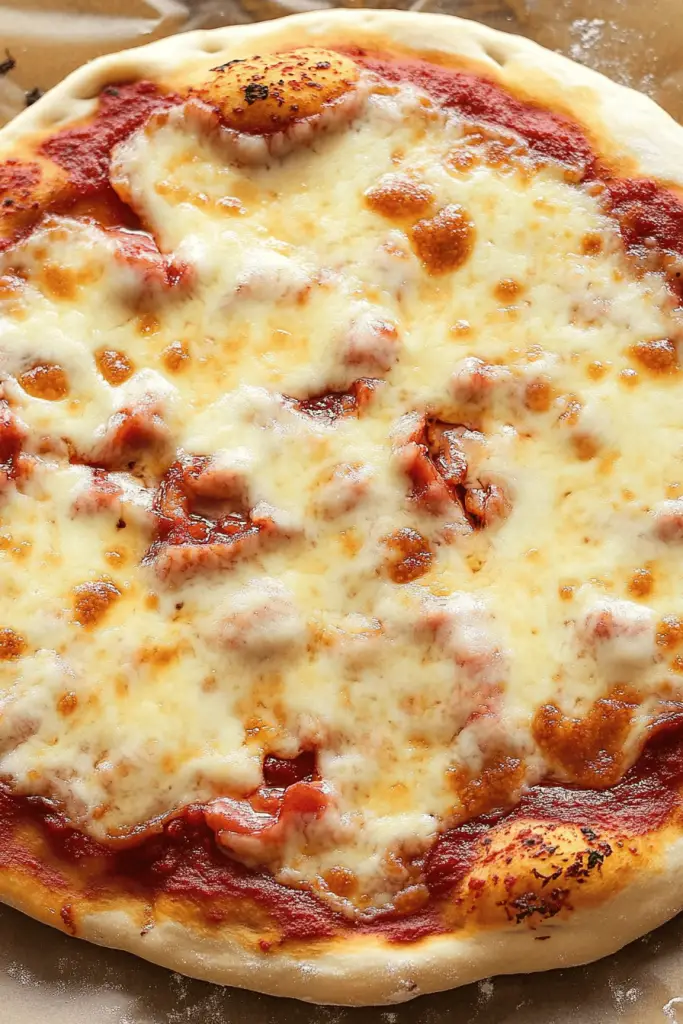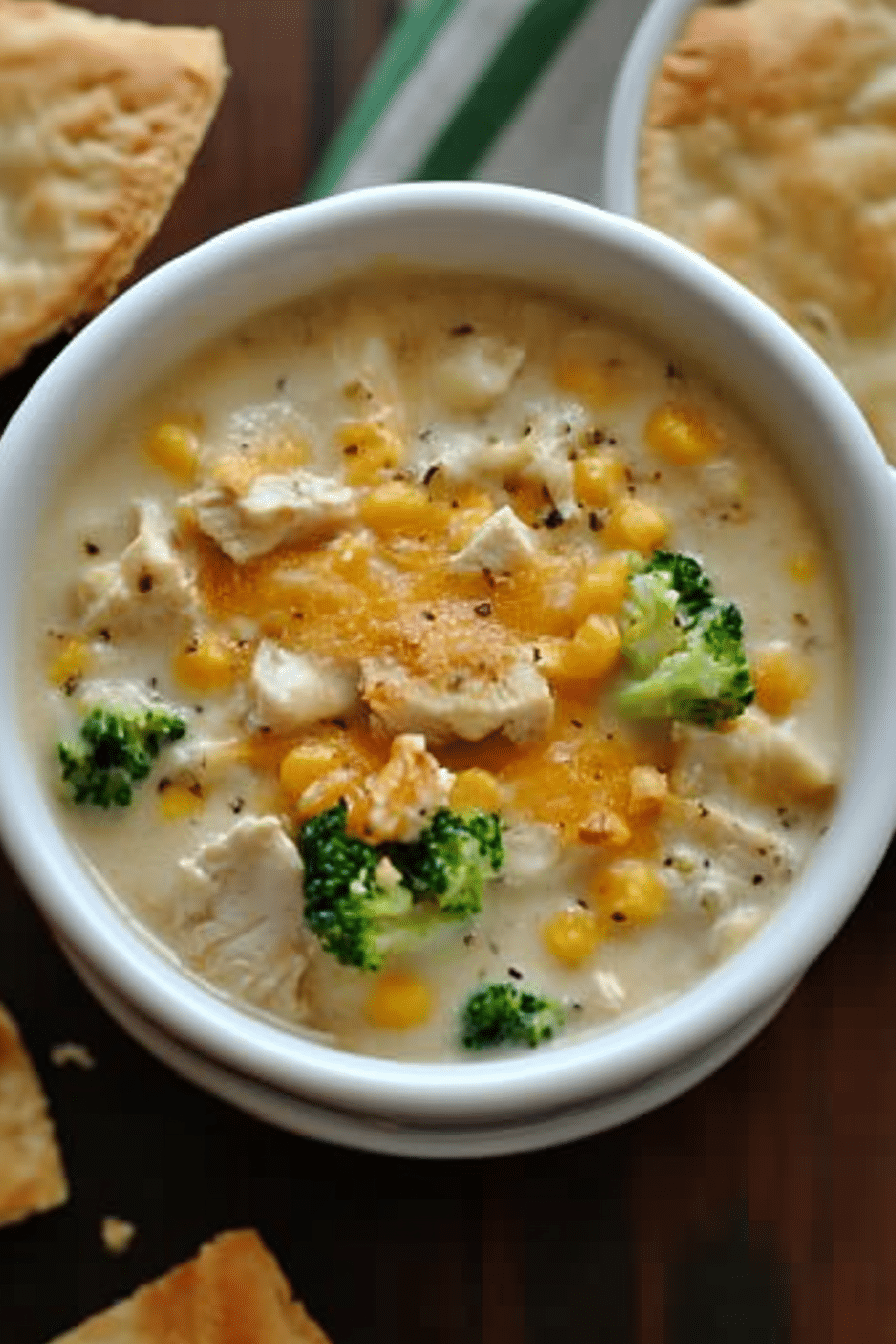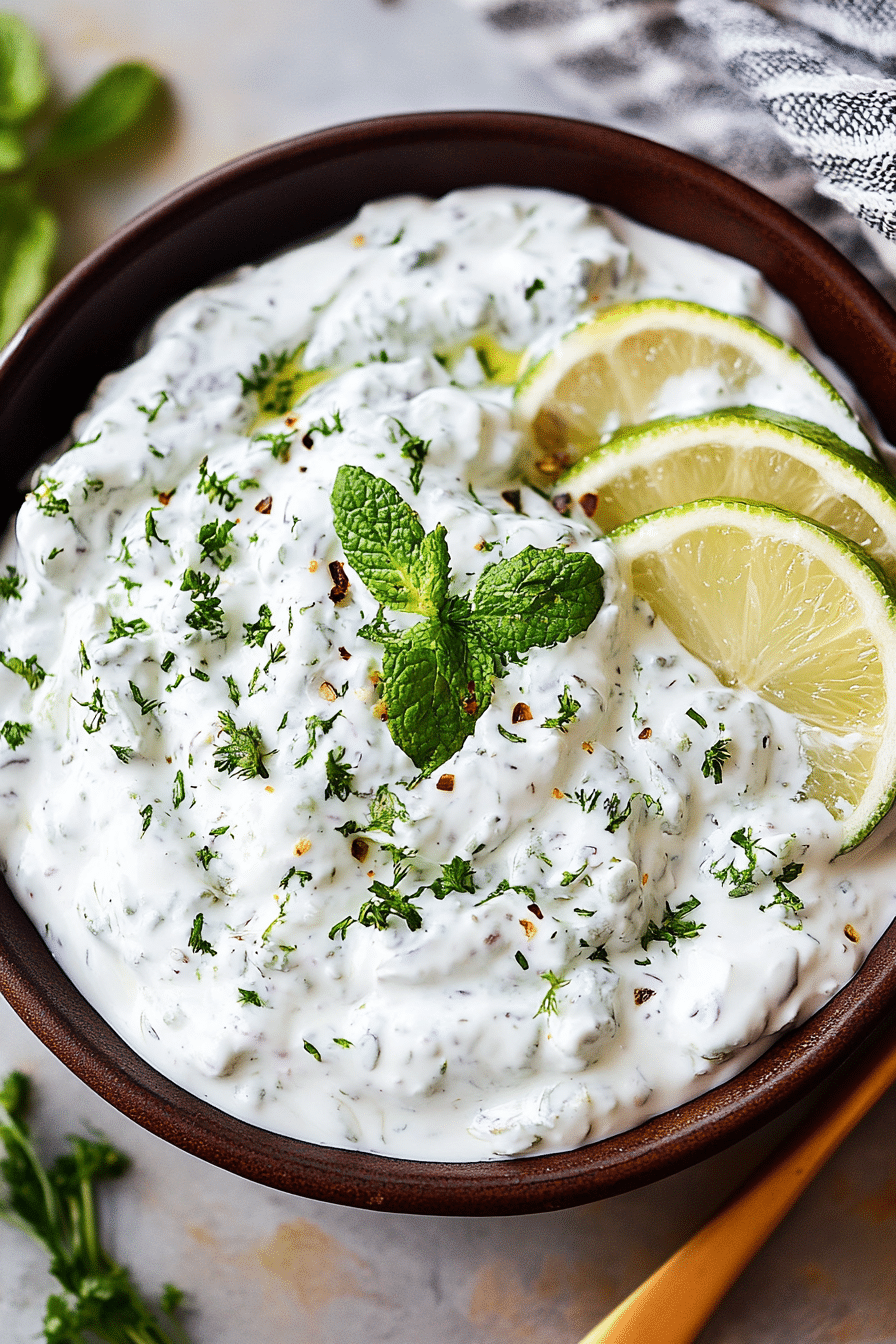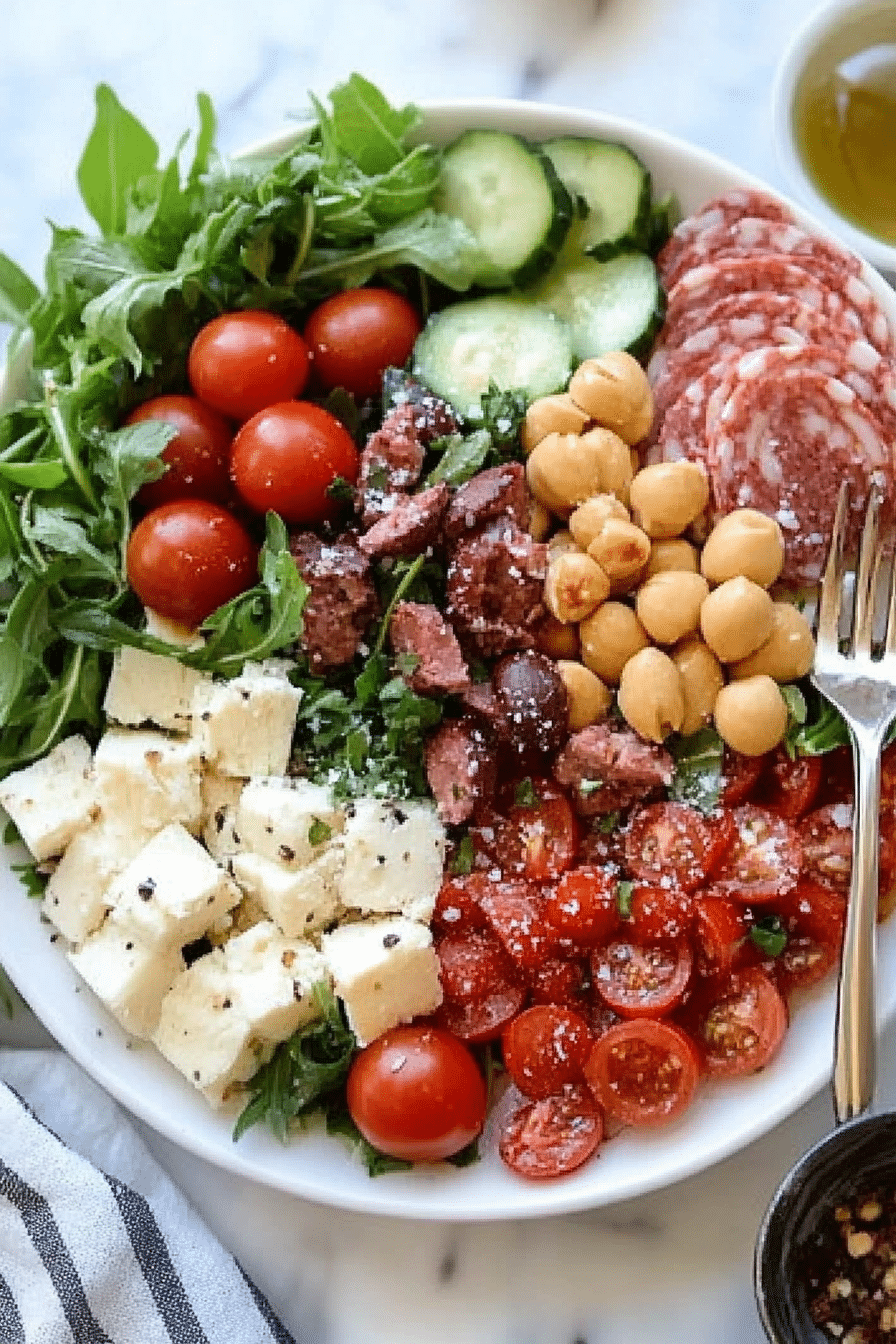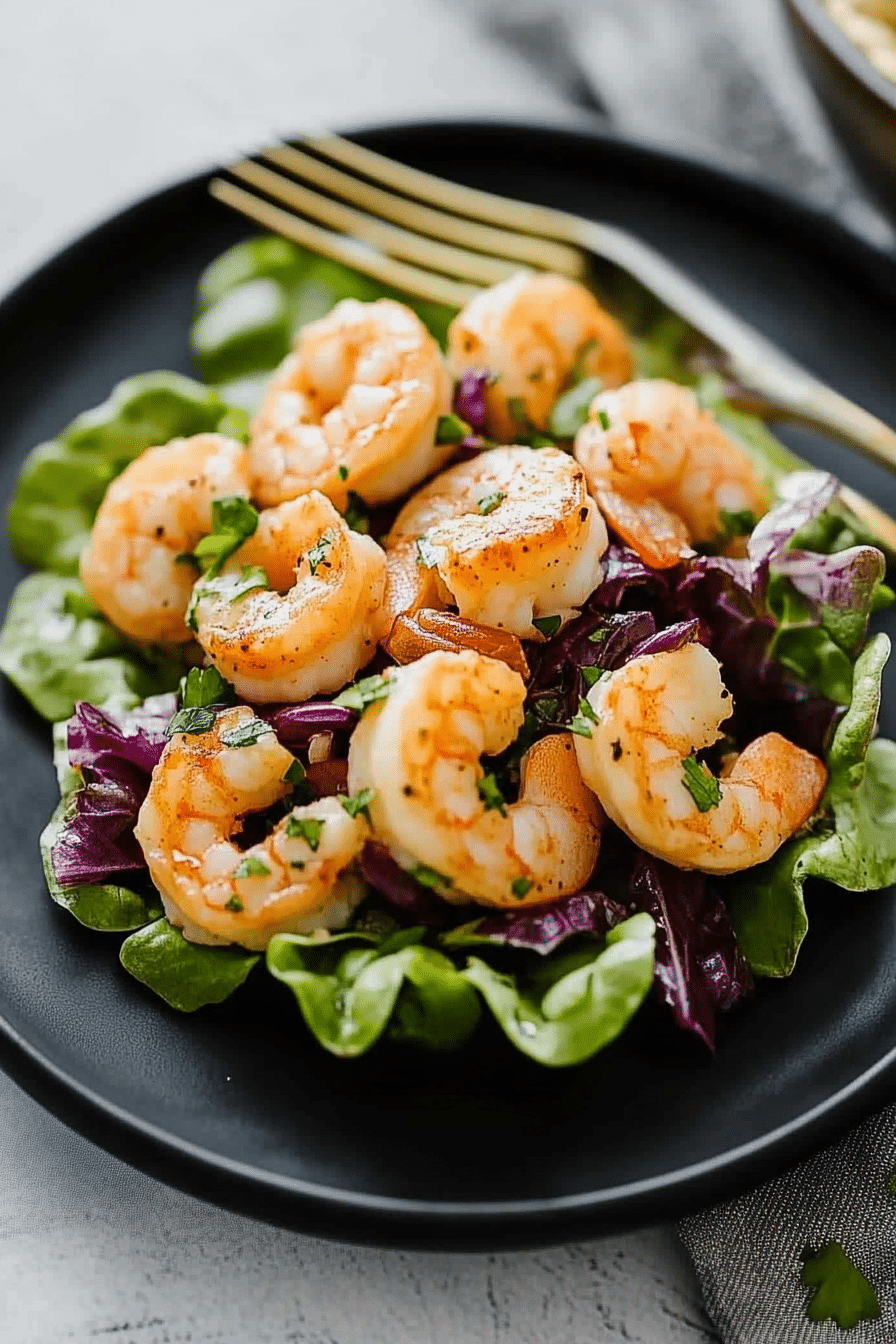Let’s talk pizza! Is it true that frozen gluten-free pizzas taste like cardboard? What is gluten free Pizza Dough? What is a game changer for pizza? Is this a good recipe? If you’ve been searching for a reliable, easy, and downright delicious recipe for pasta, this is it.Gluten-free pizza dough is available inIf your search ends here, please do not hesitate to contact us. What are some of the best pizza nights ever?
Thank you for reading this post, don't forget to subscribe!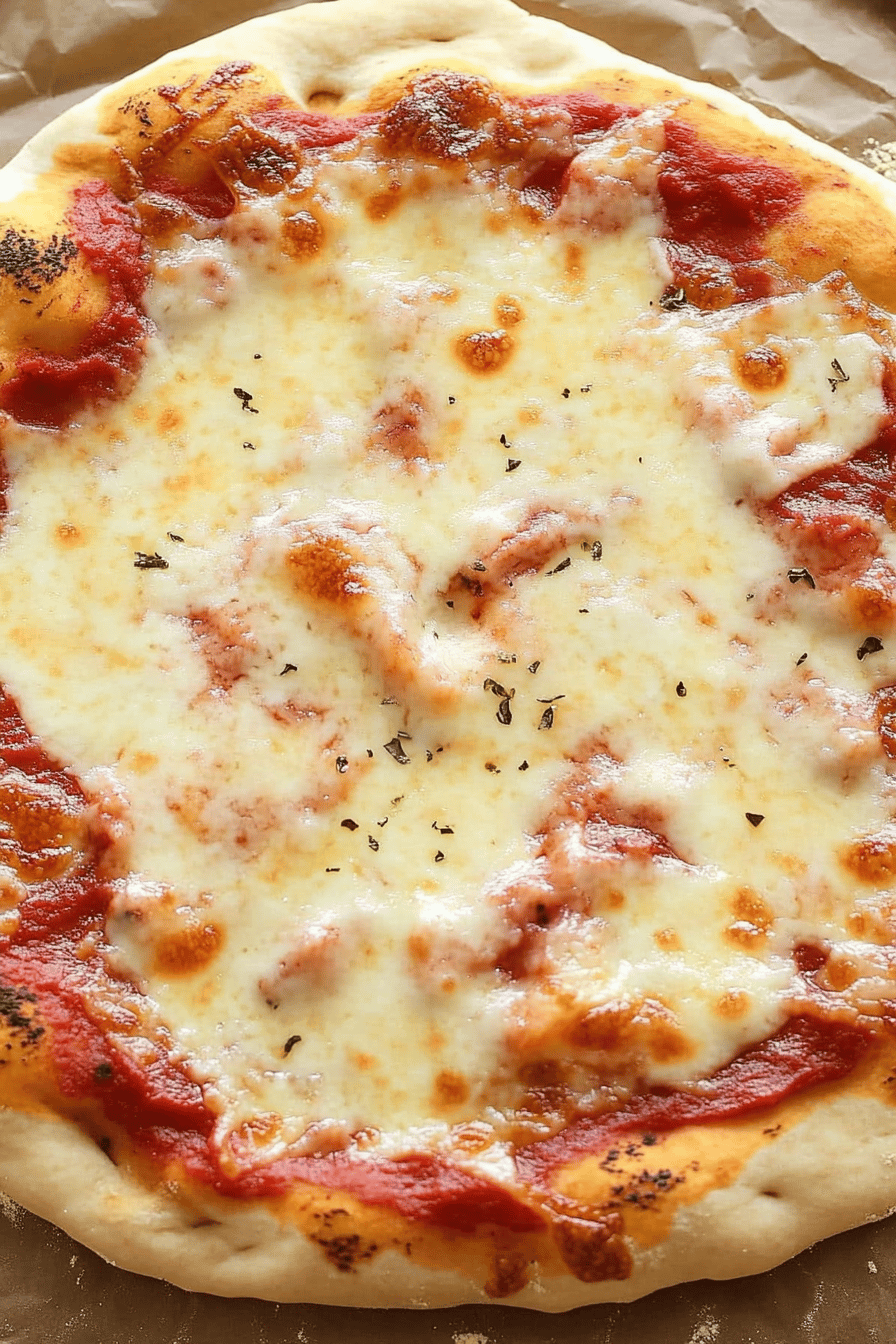
What is gluten free pizza dough?
What is gluten free pizza dough? Is it possible to make pizza dough without gluten? What is a Gluten-Free Flour, yeast, xanthan gum and psyllium husk? What are some of the best ingredients to make a dough that bakes up beautifully? What is the recipe for pizza dough without wheat flour? My version uses a blend of rice flour, tapioca starch, and potato starsch to achieve the perfect texture. What is the balance of chewiness and crispness? Is pizza dough gluten free?
Why you will love this recipe?
I’ve tried a LOT of gluten-free Pizza Dough recipes, and this one is the clear winner for so many reasons. What I love most about this is that it’s surprisingly easy. If I can make it on a busy weeknight, anyone can! Here’s why you’ll be obsessed:
- Flavor Explosion:Is it just bland dough? The carefully selected flour blend gives it a subtle nutty flavor that complements any toppings. Is it true that pizza tastes like pizza?
- Foolproof SimplicityForget complicated techniques and finicky ingredients. This recipe is simple and uses ingredients you can easily find at your local grocery store. Plus, it comes together in under an hour (including rise time!).
- Budget Friendly Gluten-free baking can get expensive, but this recipe uses affordable flours that won’t break the bank.
- Super Versatile:What is the best dough for pizza? Can you use it to make calzones, breadsticks or even mini pizza bites? Is it possible to make focaccia with it?
If you’re looking for Gluten-Free Bread recipes, you can check out my other blog post on that. What is the best pizza recipe ever? My family begs for this stuff, and that’s the highest praise a recipe can get!
How do I make gluten-free pizza dough?
Quick Overview
How do I make gluten free pizza dough? We’ll start by activating the yeast, then combining the dry and wet ingredients, and finally, a yeast test. How do you let dough rise? What is the best way to give a dough enough time to rest? This method is special because it doesn’t require any fancy equipment or hard-to-find ingredients. Just a bowl, spoon, and patience!
Ingredients
What is gluten-free pizza dough?
- 1 12 cups warm water (around 105-115°F). Make sure it’s not too hot or you’ll kill the yeast!
- 2 14 teaspoons active dry yeast (one packet). I always buy a big jar of yeast because we bake so much in my house. I like to use it for baking.
- 1 teaspoon sugar. This feeds the yeast and helps it activate.
- 2 cups gluten-free all-purpose flour blend. I use a blend of rice flour, tapioca starch, and potato starches. Where can I buy pre-made blends at the grocery store? Does xanthan gum work?
- Is xanthan gum essential for gluten free baking? It acts as a binder and helps give the dough its structure.
- What is the best way to add salt to a dough?
- 2 tablespoons olive oil. This adds moisture and flavor to the dough. I always use extra virgin olive oil for the best taste.
Optional Toppings
- What’s your favorite pizza sauce?
- You can use other cheeses, like provolone, or fontina.
- What are your favorite toppings for pizza?
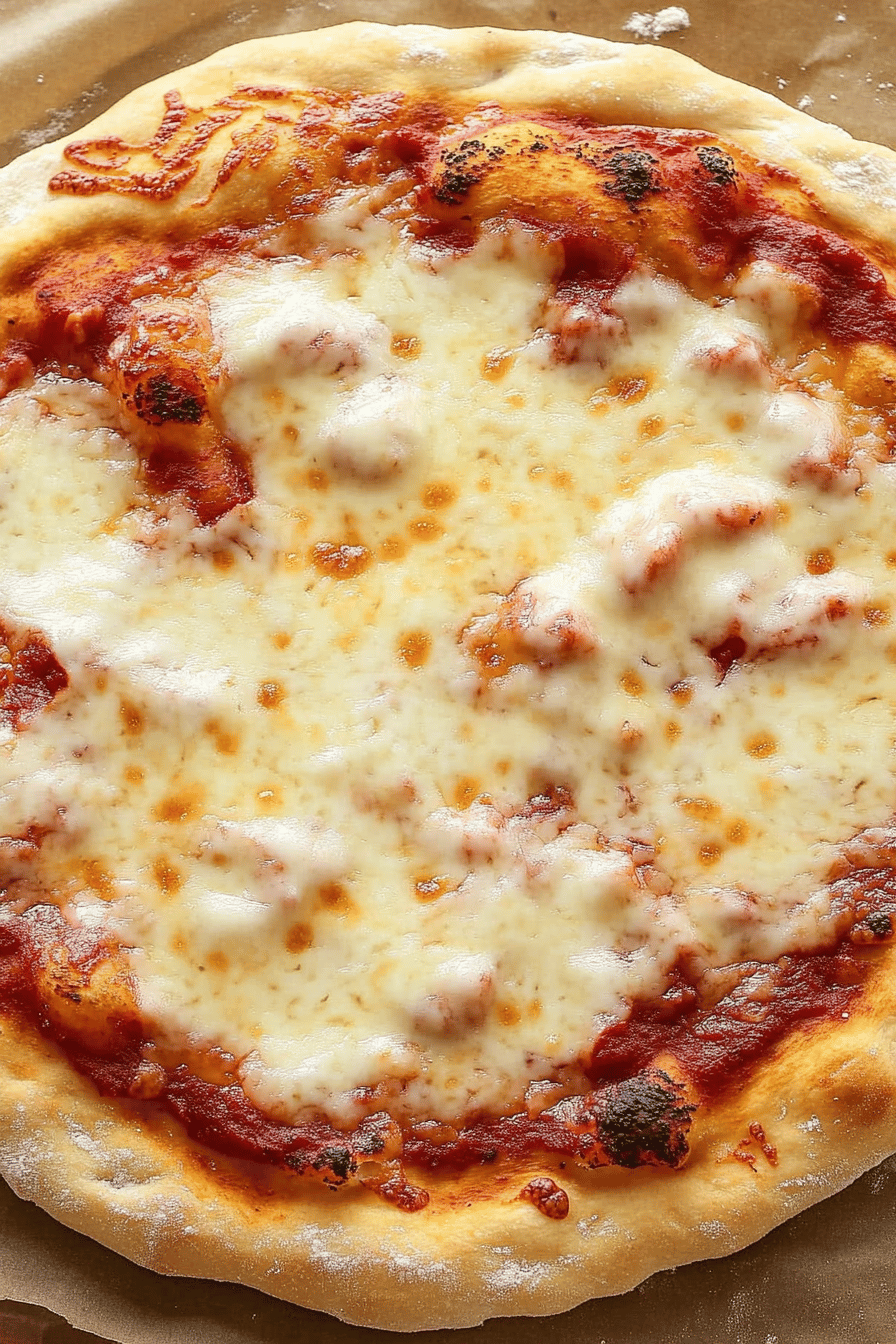
“Packed with flavor and so simple. Exactly what I wanted from this gluten-free pizza dough!”
How do I get
Step 1: Activate the Yeast
In a large bowl, combine the yeast, salt, and warm water. Set aside. Stir gently and let it sit for 5-10 minutes, or until the yeast is foamy. Is the yeast alive?
Step 2: Mix Dry Ingredients
In a separate bowl, whisk together Gluten-Free Flour, xanthan gum, and salt. Set aside. This ensures that the xanthan gum is evenly distributed throughout the flour.
Step 3: Combine Wet and Dry Ingredients
Add the dry ingredients to the wet ingredients and stir until a shaggy dough forms. Don’t overmix!
Step 4: Add Olive Oil and Knead
Add the olive oil to the dough and knead for 5-7 minutes, or until dough is smooth and elastic. Gluten-free dough won’t be as elastic as traditional dough, but it should still come together. I like to use a stand mixer for this step, but you can also knead it by hand.
Step 5: Let the Dough Rise
Cover the bowl with plastic wrap or a clean kitchen towel and let it rise for 30-40 minutes. What is the best time to cook a chicken until it doubles in size? How does yeast make dough?
Step 6: Preheat Oven and Prepare Pizza Stone
Preheat your oven to 450°F (232°C) and place a pizza stone or baking sheet in the oven while it is still warm. How do you create a crispy crust?
Step 7: Shape the Dough
On a lightly floured surface, shape the dough into an easy pizza crust. I like to stretch my dough by hand. I use a rolling pin. If it’s too sticky, add a little more Gluten-Free Flour.
Step 8: Add Toppings
Transfer the pizza crust to a pizza peel or baking sheet. Spread pizza sauce, sprinkle with cheese, and add your favorite toppings.
Step 9: Bake
Carefully slide the pizza onto the preheated pizza stone or baking sheet. Bake for 12-15 minutes, or until the crust is golden brown and the cheese is bubbly.
Step 10: Slice and Serve
Let the pizza cool slightly before slicing and serving. Enjoy!
What to Serve It With
This gluten-free pizza is amazing on its own, but here are some ideas for making it a complete meal:
- For a Casual Pizza Night: Serve with a simple green salad and some garlic breadsticks (if you’re not gluten-free, of course!).
- For a More Elegant Dinner: Pair with a Caprese salad, a glass of red wine, and some tiramisu for dessert.
- For a Kid-Friendly Meal: Serve with carrot sticks, celery sticks, and ranch dip. My kids love this!
- For a Party: Make a variety of pizzas with different toppings and serve with a selection of appetizers, like bruschetta and olives.
I even like to make mini pizzas and serve them as appetizers for parties. They’re always a hit! My family has a tradition of making Homemade Pizza every Friday night, and this gluten-free version has become a staple. It’s the perfect way to end the week and spend time together.
“I don’t know if I’ve ever eaten a better gluten-free pizza dough. The rub alone is wonderful, but the sauce??? Over the top!”
Top Tips for Perfecting Your Gluten-Free Pizza Dough
Here are some of my top tips for making the best gluten-free Pizza Dough:
- Use the Right Flour Blend: Not all gluten-free flour blends are created equal. I’ve found that a blend of rice flour, tapioca starch, and potato starch works best. Make sure it contains xanthan gum!
- Don’t Overmix: Overmixing gluten-free dough can make it tough. Mix until just combined.
- Let the Dough Rise: This is essential for a light and airy crust. Don’t skip this step!
- Preheat Your Oven and Pizza Stone: This will help create a crispy crust.
- Don’t Overload the Toppings: Too many toppings can make the crust soggy.
- Get Creative with Toppings: Experiment with different cheeses, vegetables, and meats. The possibilities are endless!
I’ve learned these tips the hard way, after many failed attempts at making gluten-free pizza dough. One time, I forgot to add xanthan gum, and the dough was a complete disaster! It was so crumbly and impossible to work with. Another time, I overmixed the dough, and it was tough and chewy. But with practice and these tips, you’ll be making perfect gluten-free pizza dough in no time!
Storing and Reheating Tips
Here’s how to store and reheat your gluten-free pizza:
- Room Temperature: You can store leftover pizza at room temperature for up to 2 hours.
- Refrigerator Storage: Store leftover pizza in the refrigerator for up to 3-4 days. Make sure to wrap it tightly or store it in an airtight container.
- Freezer Instructions: For longer storage, you can freeze leftover pizza for up to 2-3 months. Wrap it tightly in plastic wrap and then in aluminum foil.
- Reheating Instructions: To reheat pizza, you can use the oven, microwave, or stovetop. The oven is the best way to reheat pizza because it will help keep the crust crispy. Preheat your oven to 350°F (175°C) and bake for 5-10 minutes, or until heated through.
I usually prefer to reheat my pizza in a skillet on the stovetop. It gets the crust nice and crispy! One thing I’ve learned is that gluten-free pizza doesn’t reheat as well as traditional pizza, so it’s best to eat it fresh. But if you do have leftovers, these tips will help you keep them as tasty as possible.
Frequently Asked Questions
Final Thoughts
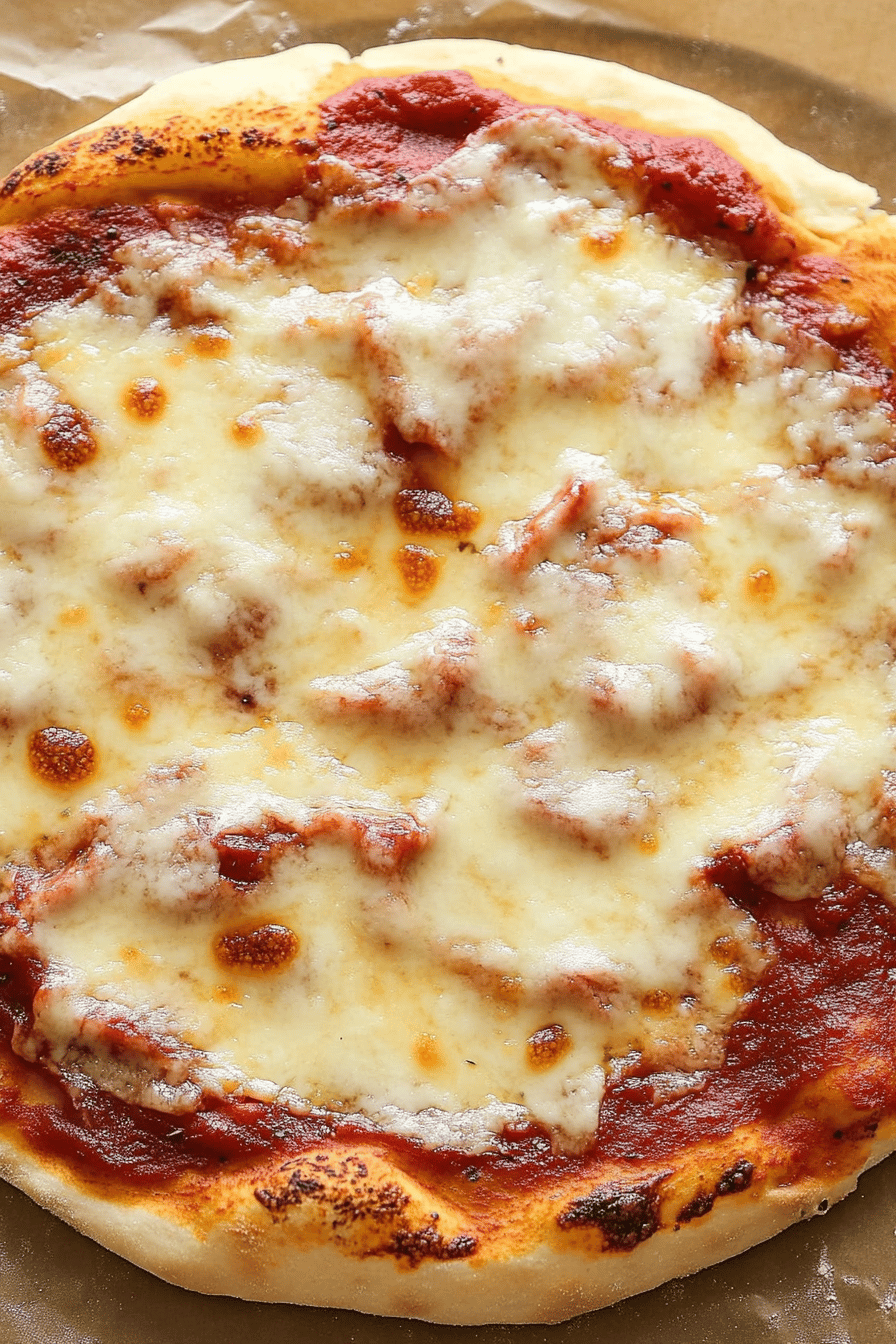
There you have it! My go-to recipe for the most amazing gluten-free pizza dough you’ll ever taste. I promise, this isn’t just “good for gluten-free” – it’s just plain delicious pizza. It’s easy, versatile, and always a crowd-pleaser. If you’ve been searching for a gluten-free pizza recipe that actually delivers on flavor and texture, give this one a try! If you love this recipe, you might also enjoy my gluten-free chocolate chip cookies or my gluten-free banana bread. Let me know in the comments how your pizza turns out, and don’t forget to rate the recipe! Happy baking (and pizza making)!
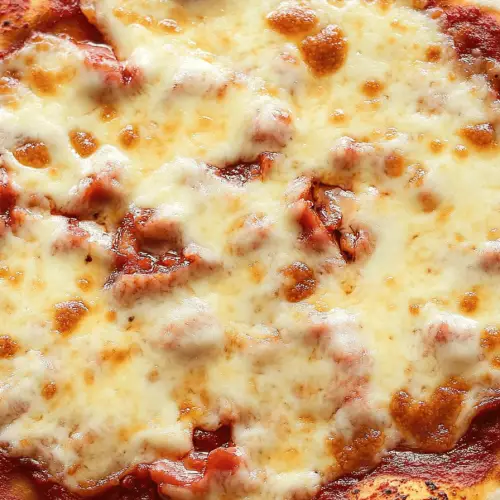
Gluten-Free Pizza Dough
Ingredients
Main Ingredients
- 1 cup warm water
- 1 tsp sugar
- 2.25 tsp active dry yeast
- 2 cups gluten-free all-purpose flour blend
- 1 tsp salt
- 2 tbsp olive oil
Instructions
Preparation Steps
- In a large bowl, combine warm water, sugar, and yeast. Let stand for 5 minutes until foamy.
- Add gluten-free flour and salt to the yeast mixture. Stir until a shaggy dough forms.
- Turn the dough out onto a lightly floured surface and knead for 5-7 minutes, or until smooth and elastic. Add more flour if needed.
- Place the dough in a lightly oiled bowl, turning to coat. Cover and let rise in a warm place for 1 hour, or until doubled in size.
- Preheat oven to 450°F (232°C). Punch down the dough and roll it out to your desired thickness.
- Transfer the dough to a pizza pan or baking sheet. Top with your favorite pizza sauce, cheese, and toppings.
- Bake for 12-15 minutes, or until the crust is golden brown and the cheese is melted and bubbly.


